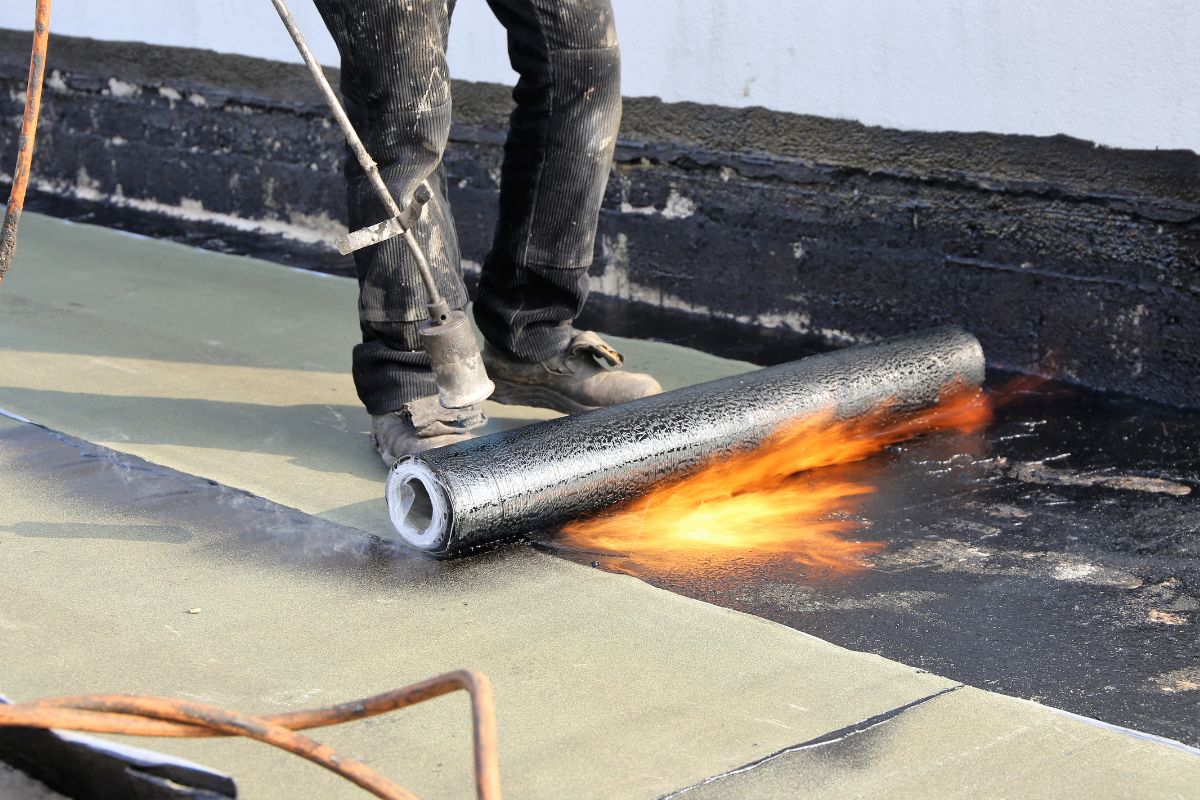

If there is one roofing solution, among so many, one that you must know is a roofing membrane. This is an integral component that will determine the durability of your roof in the long run. Either as a homeowner looking to replace your current roofing or as a contractor wanting to provide the best choices for your customers, knowing about roofing membranes will help you make wise choices. In this very detailed guide, we will delve into the world of roofing membranes: their types, benefits, and installation processes.
Table of Contents
A roofing membrane is a layer of material, continuous in its coverage, which is used on a roofing surface for protection against water and other agents. It is intended to be flexible and durable enough to sustain its integrity over many weather conditions and changes over a long period. This will find use in both residential and commercial roofing systems as one of the most important elements to prevent potential leakage into the roofing structure.
The roofing membranes come in several different types, all carrying their features and benefits. Here are the most common of them:
EPDM is used on many flat or low-slope roofs. The synthetic rubber material in the EPDM membranes makes it highly resistant to heat, ozone, and general aged degradation. They also have high flexibility, and thus are often installed in big sheets that minimize the number of seams and chances of leakages. The EPDM membranes are relatively easy to install and maintain.
TPO roofing membranes are composed of a blend of polypropylene and ethylene-propylene rubber. They have reflective properties that allow them to help reduce cooling costs by reflecting UV rays and sunlight. TPO membranes are puncture, tear, and chemical resistant. They come in different thicknesses and are welded together using hot air to create a strong, watertight seal.
The other type of thermoplastic membrane is PVC, which has very good durability and is resistant to water, fire, and chemicals. PVC membranes are predominantly used for commercial purposes and can be welded easily to form a seamless, watertight bond. In addition, they come in high reflectivity, which gives them energy efficiency by reflecting rather than absorbing heat.
Modified bitumen roofing membranes are something between traditional asphalt roofing and modern synthetic materials that make them improved performers. They are basically made of bitumen with additional polymers to modify asphalt for better performance. This kind of roofing installation comes in multiple plies, either torch-applied, self-adhered, or cold adhesive. Modified bitumen is highly resilient to damage, UV radiation, and hostile weather conditions.
The choice of roofing membrane can easily influence the performance and lifetime of any roof. Some of the important advantages of using roofing membranes include:
The most common function of a roofing membrane is to provide a waterproof barrier. The high-quality roofing membrane prevents water from percolating into the roof system and thus saves the underlying structure and the interior spaces from water damage and the growth of mold.
Membranes are designed to reflect the harshest of environmental elements: extreme temperatures, UV radiation, and physical abrasion. The result is durability—sometimes even surviving for decades with very minimal maintenance.
Most roofing membranes, including TPO and PVC, come with highly reflective values to reduce heat absorption and lower cooling costs, thus providing energy efficiency that can translate to a more comfortable indoor environment and lowered energy bills.
Most of the modern roofing membranes have been devised to be installed easily. For example, TPO and PVC membranes are weldable to provide a seamless finish, whereas EPDM comes in big sheets that reduce the effect of seams. This can result in quick completion of a project, thereby reducing labor costs.
Compared to other roofing materials, roofing membranes require very little maintenance. Indeed, regular inspections with the instance repair of damages are normally sufficient to keep a roofing membrane in good condition.
Like any other kind of roofing material, proper installation is quite essential in maximizing the performance of any roofing membrane. Here’s a quick rundown of how common types of roofing membranes are installed:
The roof deck should be cleaned and prepared before laying. All debris and contaminants from the previous roofing material should be removed to provide a clean surface for the membrane.
After installation, the roof should be inspected for any defects or areas where the membrane may not be properly sealed. Testing, like water ponding tests, can be conducted to make sure that the roofing membrane performs to expectations.
Knowing how roofing membranes work is essential in applying one in any type of roofing project. The proper kind of roofing membrane, coupled with the correct installation, will ensure that the building remains safe from water damage, is energy efficient, and extends the life of your roofing. Be it EPDM, TPO, PVC, or modified bitumen, each of these membranes has its unique benefits that best suit different needs and tastes.
The bottom line is that it pays to invest in a good-quality membrane and its proper maintenance over the years since it will yield a strong, long-lasting, and trustworthy roofing system.
Sign up to receive our email, delivering the latest stories straight to your inbox.
